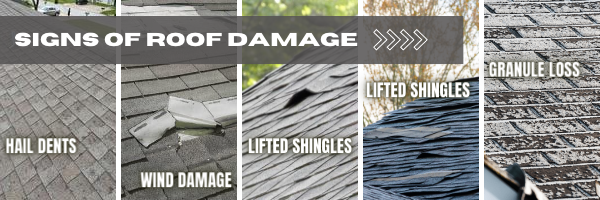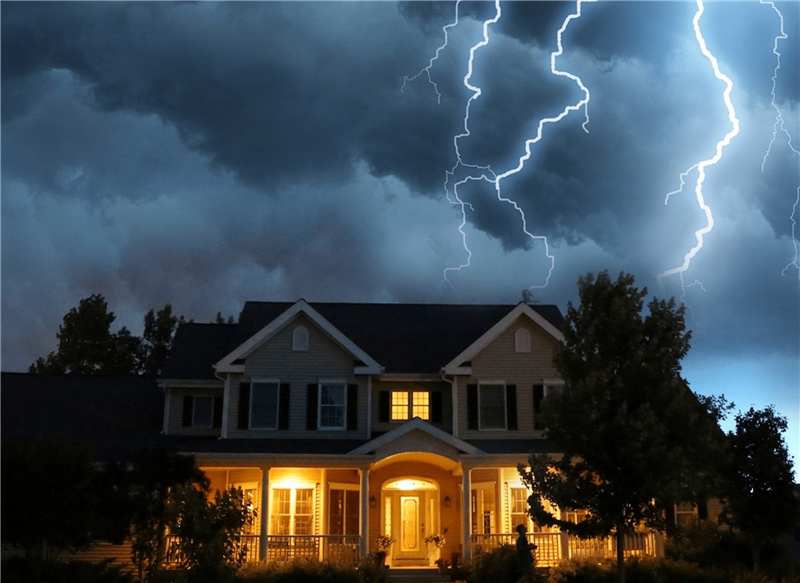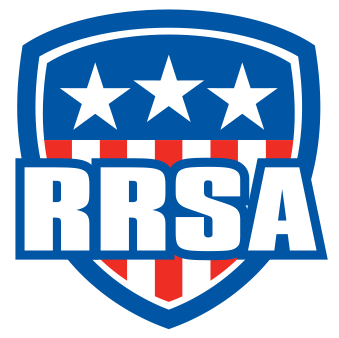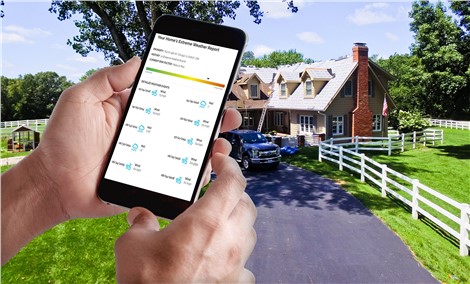RRSA Vero Beach wants our South Florida blog readers to be prepared for Hurricane Season, which officially started June 1, 2018. In a previous post, we discussed hurricane preparation and offered tips on being prepared. However, today we would like to take things one step further for those of you who have kids. There are preparations you need to make in case of a hurricane in South Florida that people without children don't need to consider.
To help accomplish our goal, we are referring to information courtesy of an article at Parents.com titled, Are You Prepared For a National Disaster? Hurricanes most definitely fit into the category of a natural disaster. The article was written by Wendy Sue Swanson, M.D., a pediatrician who is also a mom. There are three steps listed for parents to take to make sure their kids are safe during a hurricane.
South Florida Hurricane Preparation When You Have Kids
Step One: Create a Communication Plan
-
- Teach your child one parent’s cell-phone number or a good contact number. Starting at around age 5, kids are developmentally ready to memorize a 7- or 10-digit number. Practice with your child and turn the phone number into a song, like a modified version of “Twinkle, Twinkle Little Star.”
- Designate an out-of-state contact. This will be a resource and point person for your family to call.
- Choose a location other than your home where your family can meet. You’ll need to go there in case of a fire or an earthquake, for example. Your meeting place might be a local park, school, or shelter. Walk to the site with your child so he knows exactly how to get there.
- Designate a trusted friend or family member who can pick up your kid at child care or school if you are unable to get there in a disaster situation. Be sure that you give official permission to release your child to that person.
- Make a card with your plan for each adult’s wallet. Include contact names, your emergency location, and the out-of-state contact number. Put a copy in your school-age child’s backpack, and discuss the plan with your kids.
- Inform caregivers and nearby relatives of your plan. Be sure to give a copy of your plan to your child’s teacher too.
- Write a letter for your child to have in case of an emergency and leave it with child care or school. I found this to be especially difficult, but I did it and you can too. If you’re ever separated from your child, you’ll both be comforted. (See “A Letter to Our Son,” on page 3.)
- If you’re not good at texting, improve your skills. When cell- phone signal strength goes down, texting often still works because it uses less bandwidth and network capacity.
- Water. Be sure to have 3 gallons per person and per animal in your home. For example, for my family (Mom, Dad, two boys, and dog) we have 15 gallons. If you’re breastfeeding you’ll need more for hydration.
- Food. Buy canned, mostly high-calorie foods. Good choices are chili, tuna, veggies, and soup, as well as peanut butter, crackers, granola bars, cereal bars, and comfort foods like chocolate or candy. Buy foods with similar expiration dates to make it easier to refresh your kit. You’ll also want a powdered formula for babies and boxed milk for toddlers, and food for your pet.
- A “refresh” card that lists the contents of your kit and the dates that medication and perishables will expire
- First-aid kit. Standard kits usually cost around $25. You may need to add a couple pairs of gloves, and gauze, tape, and antibiotic ointment. First-aid kits typically don’t include over-the-counter medications, especially for children.
- Respirator/surgical masks to reduce exposure to airborne particles ($16 for 20; amazon.com)
- Diapers and wipes. Refresh your diaper size!
- Clothing. Have one complete outfit for each person, including sturdy shoes, a hat, and gloves. Remember to change this out as your kids grow. Put that on your refresh card.
- Children’s acetaminophen and a card with your infant or young child’s current dose (often the bottle doesn’t include it for kids under age 2). After each good visit, update your card with your child’s new dosing info.
- Medication. Get a seven-day supply of any prescription you or your child is taking. If your child is on an important daily med, ask your doctor for a one-week-supply prescription to fill for your kit. Add the expiration date of meds to your refresh card.
- Sunscreen (SPF 30 or higher)
- Manual can opener. What good is the food if you can’t get to it?
- Waterproof matches
- Fire extinguisher
- One large flashlight for each adult; one small flashlight for each child able to work it
- Batteries. Have enough for flashlights and a radio. Include a full set of replacements.
- Battery-powered or hand-crank radio
- Utility knife
- 12-inch adjustable wrench for turning off your gas line
- Whistles with lanyards so you can find each other in the dark
- A corded phone, which will still work when power is down. (Check Target or Wal-Mart.)
- Cash
- Chlorine bleach as a cleaner and sanitizer
- Hand sanitizer
- Tampons/pads
- Garbage bags
- Blankets. Have one for each person.
- Duct tape and plastic sheeting to keep out airborne chemicals. The tape should be at least 10 mils thick; the sheeting, at least 4 mils.
- Documents. Fill a waterproof bag with one copy of important documents including passports, bank-account and credit-card numbers, birth certificates, Social Security cards, and wills. You’ll want to protect them or take them with you if evacuation is necessary. You might add family memorabilia, such as irreplaceable photos.
- Fun stuff. Comfort your family or pass the time with a deck of cards, coloring books, stuffed animals, and puzzles or board games.
Step Three: Know Your Neighborhood
Contact your local fire department and school to inquire about specific threats to your neighborhood such as unstable trees, streets prone to flooding, or transportation challenges. After gathering that info, it’s essential to figure out how your neighbors can work together in the event of an emergency. For example, if you’re a nurse or a teacher, you may have a comprehensive first-aid kit available, and if a carpenter lives on your street, he might have tools or equipment that would be useful in an emergency. Pool your expertise and resources. It will ultimately save lives. RRSA Vero Beach hopes that this article will help you become prepared for upcoming South Florida hurricanes. In fact, we would advise you to print out this blog post to have handy as a reference when our first hurricane strikes. Right now is a perfect time to also have us give you a free roof inspection to assure your roof is healthy and ready to take on hurricane strength wind and rain. Your roof is your family's first line of defense against the harsh elements hurricanes bring. Make sure yours is ready. Call us today for your free roof inspection in South Florida.
RRSA
Tags
free roof inspection south florida hurricanes south florida prepare your kids for south florida hurricane rrsa vero beach south florida hurricane preparation for kids things to do with kids hurricaneSubscribe to Roofing Restoration Services of America (RRSA)'s Blog








Comments